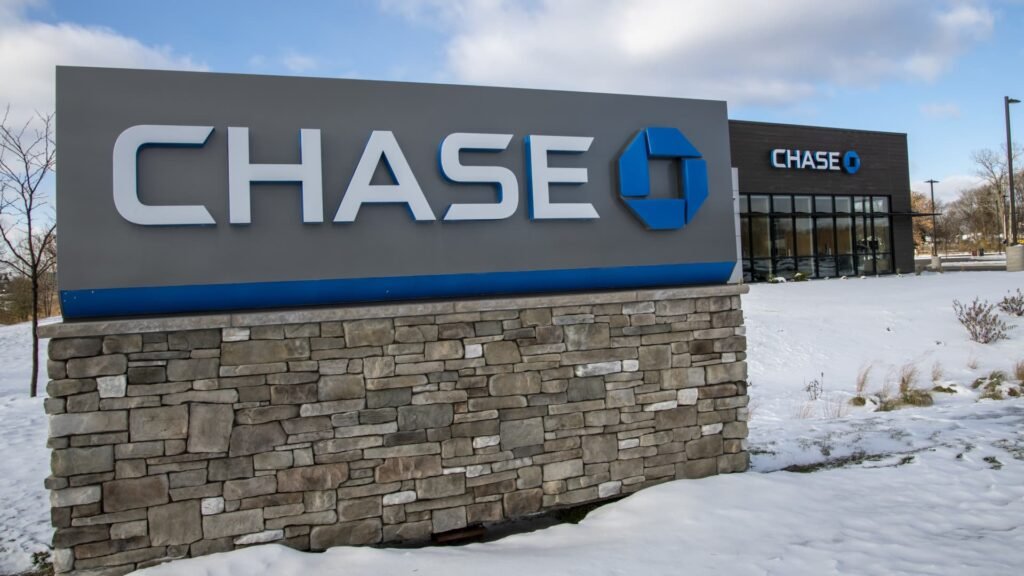3 years ago, JPMorgan Chase It was the first bank to have branches in all 48 contiguous states, and now the company is expanding with the goal of serving the many Americans who live in smaller cities and towns.
As part of a multibillion-dollar branch expansion plan, JPMorgan recently announced a new goal to put its branches within “driving time” of half the population of the lower 48 states. That will require opening new branches in less densely populated areas, a focus for Chairman and CEO Jamie Dimon, who departs on Monday for his 14th annual bus tour.
Dimon’s first stop will be Iowa, where the bank plans to open 25 more branches by 2030.
“From fostering community development to supporting small businesses to teaching financial management skills and tools, we strive to bring the full force of our company to every community we serve,” Dimon said in a statement.
He’s also scheduled to visit Minnesota, Nebraska, Missouri, Kansas and Arkansas this week, as Chase Consumer Banking Chief Executive Jennifer Roberts said the bank plans to open more than 125 new branches in those six states.
“Our branch share is still very low, in the single digits, and we know that to truly optimize our investments in these regions, we need to get much higher branch share,” Roberts said in an interview with CNBC, where he is accompanying Dimon on a bus tour of the Midwest.
Roberts said the goal was to achieve “optimum branch share,” which would “more than double” current levels in some new markets.
Roberts said at an investor call in May that the bank is targeting a 15% deposit share and that branch expansion is a key part of that strategy. He said that 80 basis points of the bank’s 220 basis points increase in deposit share from 2019 to 2023 will come from branches that are less than 10 years old. In other words, almost 40% of those deposit share gains could be tied to investments in new physical branches.
By expanding its brick-and-mortar footprint, JPMorgan is bucking an industry-wide trend of branch closures as a sustained period of higher interest rates has created headwinds across the industry due to higher funding costs, and banks have opted to scale back branch footprints to offset some of the macro pressures.
The U.S. banking industry saw a net 229 branch closures in the first quarter, down from 59 in the previous quarter, according to data from S&P Global Market Intelligence. Wells Fargo and Bank of America It had the highest net branch closures, while JPMorgan was the most aggressive in opening new branches.
According to an FDIC study compiled by KBW, growth in the number of bank branches peaked in 2007, just before the financial crisis. KBW attributed that in part to banks assessing their own efficiency and closing underperforming branches, as well as technological advances that allow for online banking and taking remote deposits. This long-term assessment worsened during the pandemic, with banks reporting little change in their operating capacity even when physical branches were temporarily closed, the report said.
But JPMorgan, the largest U.S. financial institution, is set to make a record $50 billion in profits in 2023, the most ever for a U.S. bank. As a result, it’s uniquely positioned to pour money into brick-and-mortar locations at a time when others are making more cautious choices.
Roberts said prioritizing new branch locations is a “balance of art and science.” He said the bank considers factors such as population growth, the number of small businesses in an area, whether there are new headquarters, whether new suburbs are being built and whether there are new roads.
Pedestrian traffic is an important factor, even in small cities.
“I always joke and say, ‘If there’s a Chick-fil-A there, we want to be there,'” Roberts said, “because wherever Chick-fil-A opens, it’s always successful and busy.”



